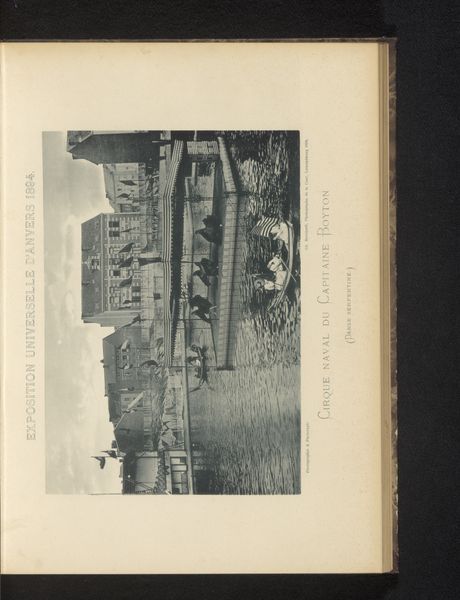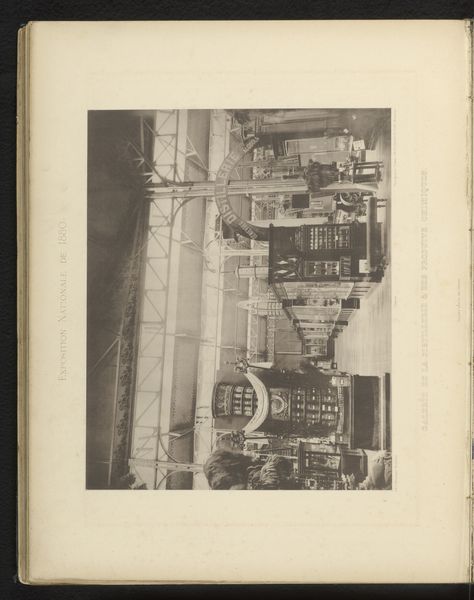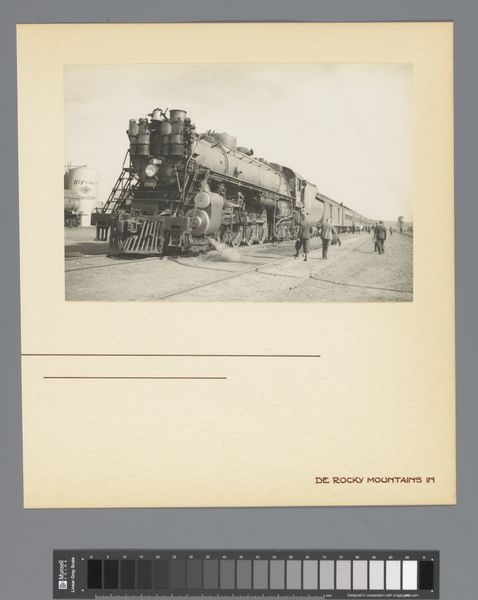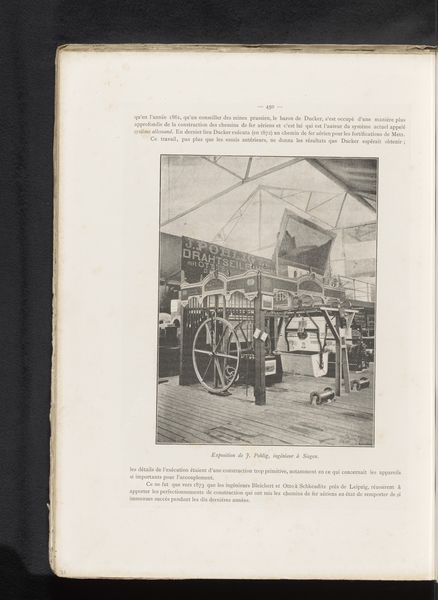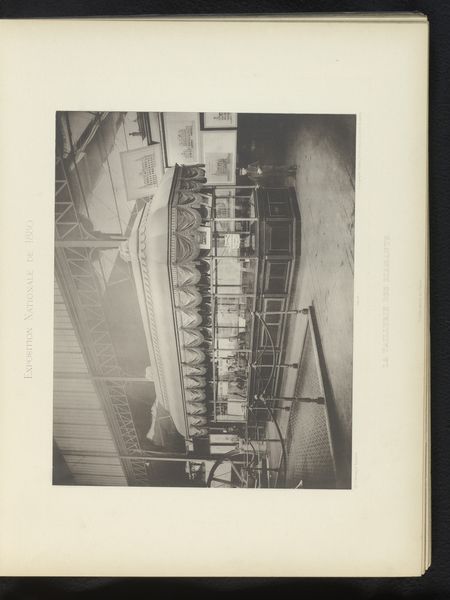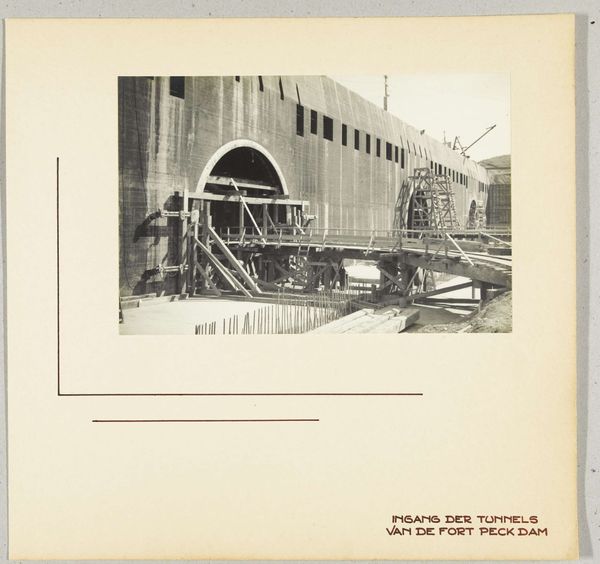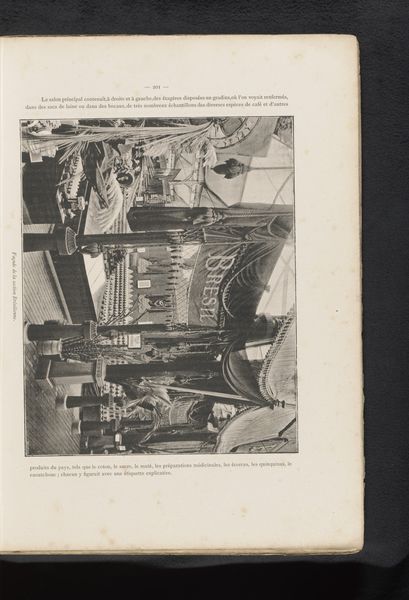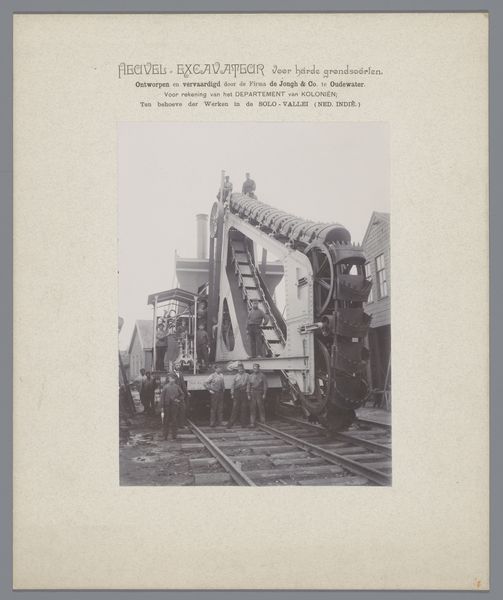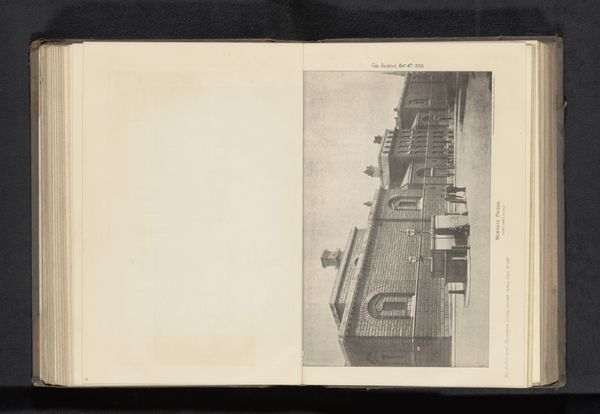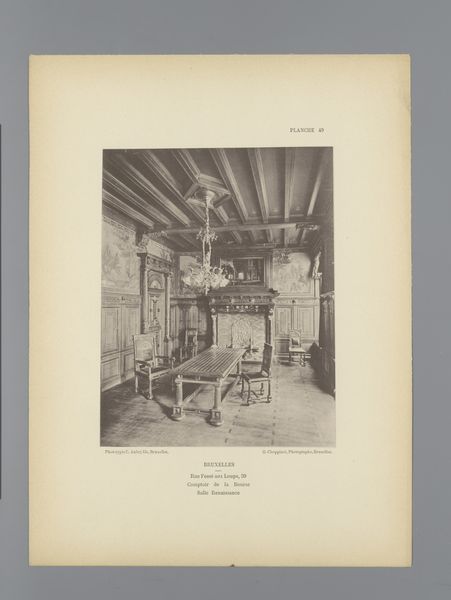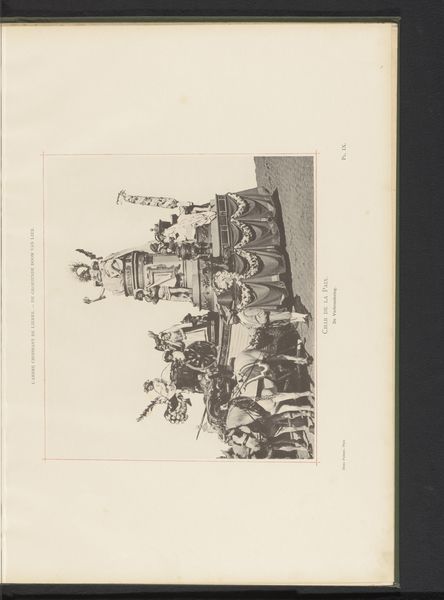
photography, gelatin-silver-print
#
still-life-photography
#
photography
#
gelatin-silver-print
#
realism
Dimensions: height 36 cm, width 27.5 cm
Copyright: Rijks Museum: Open Domain
Curator: What a striking photograph. This gelatin silver print, entitled "Heuvel-Excavateur voor harde grondsoorten," roughly translating to "Hill Excavator for Hard Soil," was produced sometime between 1875 and 1900 by the Gebroeders Verhoef. The stark realism really pulls you in, doesn’t it? Editor: Absolutely. It's austere. I get a strong sense of… industry. A feeling of labor and something vaguely menacing, even in its stillness. Almost like a premonition. What strikes you about the materiality here? Curator: For me, it’s the engineering itself. The stark lines, the almost brutal functionality. Look at how this machine was built – specifically for hard soil excavation in the Solo Valley in the Dutch East Indies. The firm of de Jongh & Co. of Oudewater clearly invested significantly in its construction. This wasn't simply about moving earth; it represents a colonial project with material consequences. Editor: Precisely! It's a physical manifestation of colonial power and technological advancement being brought to bear on another land. The "DEPARTMENT van KOLONIEN" paid for it, intended for the Dutch East Indies! That title alone is loaded with implications about labor exploitation and the resource extraction happening in the Solo Valley. This image speaks volumes about who is profiting and who is not. Curator: It prompts questions about the relationship between colonizer and colonized, and about the reshaping of landscapes through mechanization. Where was the excavated earth being taken? Who was performing the manual labor that this machine was supposed to alleviate? The details become critical as one considers who benefits from the use of such devices and who bears the consequences. Editor: It certainly forces one to think critically about our own complicity in systems of power and resource extraction. Even as an old photograph, it challenges our assumptions. It serves as an entry point into understanding the complex interplay of technology, power, and environmental transformation. Curator: Indeed. I find myself considering the lasting ecological impact. Even this one, still photographic instance, encourages me to assess the cumulative effects of such enterprises on both the natural world and human societies. Editor: And the narrative it perpetuates is one worth scrutinizing for many years to come. Curator: Agreed, quite thought-provoking.
Comments
No comments
Be the first to comment and join the conversation on the ultimate creative platform.
